- Home
-
My Models
-
AV History
- Airline History Blog
-
Airline Development
>
-
Liveries
>
- Aeroméxico Liveries
- Air China Special Liveries
- American Airlines Liveries
- British Airways Liveries
- Continental Airlines Liveries
- Delta Air Lines Liveries
- Eastern Air Lines Liveries
- Landor Liveries
- National Airlines Liveries
- Northeast Airlines Liveries
- Northwest Airlines Liveries
- Pan Am Liveries
- Trans World Airlines Liveries
- United Airlines Liveries
- Western Airlines Liveries
- Airbus A380s >
- Boeing 747 >
- Real Airport Histories >
- Plane Spotting >
- Aviation Stickers >
-
1:400 SCALE
- Collecting 1:400 Scale >
- The History of 1:400 Scale >
-
1:400 Brands
>
- Aeroclassics >
- Airshop Diecast
- AURORA Models
- Aviation400 (2007-2012)
- Big Bird 400 Your Craftsman
- Black Box Models
- Blue Box & Magic Models
- C Models
- Dragon Wings
- El Aviador 400
- Gemini Jets >
- JAL Collection / Jet Hut >
- Jet-X >
- MP4 Models
- NG Models >
- Panda Models >
- Phoenix Models >
- Seattle Models Co (SMA)
- Skyjets400
- Sovereign Models
- TucanoLine
- Witty Wings / Apollo
- Yu ModeLs
- 1:400 Custom Models >
- Production Numbers
- Zinc Rot
-
1:400 Moulds
- The Best Moulds >
- Airbus >
-
Boeing
>
- Boeing B-377 Stratocruiser
- Short Boeing 707s & 720s
- Boeing 707-320/420
- Boeing 717
- Boeing 727-100
- Boeing 727-200
- Boeing 737-100/200
- Boeing 737-300 >
- Boeing 737-400
- Boeing 737-500
- Boeing 737-600
- Boeing 737-700/800/900 >
- Boeing 737 MAX
- Boeing 747-100/200 >
- Boeing 747-400 >
- Boeing 747SP
- Boeing 747-8 Interactive
- Boeing 747LCF Dreamlifter
- Boeing 757-200 >
- Boeing 757-300
- Boeing 767-200
- Boeing 767-300
- Boeing 777-200
- Boeing 777-300
- Boeing 787
- British >
- Douglas >
- Lockheed >
- Other >
- Chinese >
- Soviet >
- Smallest Moulds in 1:400
-
1:400 Reviews
-
Model News
- Model Blog
-
New Mould Samples
>
- Aviation400 >
- JC Wings >
-
NG Models 400 Scale
>
- Airbus A318
- Airbus A319/320 CEO
- Airbus A319/320 NEO
- Airbus A321CEO & NEO
- Airbus A330-200/300
- Airbus A330 Beluga XL
- Airbus A330-800/900
- Airbus A340-200/300
- Airbus A350-900
- Airbus A350-1000
- Boeing 737-600/700/900
- Boeing 737-600 Refresh
- Boeing 737-800
- Boeing 737 MAX-8/MAX-9
- Boeing 737 MAX-7/MAX-10
- Boeing 747-100
- Boeing 747-200
- Boeing 747-400
- Boeing B747SP
- Boeing 747-8I
- Boeing 747-8F
- NG 747s Together
- Boeing 757-300
- Boeing 767-200/300 >
- Boeing 767-400 >
- Boeing 777-200
- Boeing 777-300/300ER
- Boeing 787-8
- Lockheed L-1011 Tristar
- Lockeed Tristar 500
- McDonnell Douglas MD-80
- McDonnell Douglas MD-87
- Tupolev Tu-154
- Tupolev Tu-204/Tu-214/Tu-234
- NG Models 200 Scale >
- Phoenix Models >
- Yu ModeL >
-
1:600 SCALE
- DIORAMAS
|
Harding Lawrence had taken over the leadership of Braniff in 1965 and changed not only the airline but also the industry as a whole with his marketing heavy image makeover. It had worked and Braniff had increased its profitability whilst making moves, like the takeover of Panagra, which strengthened its position. Fleet rationalisation was a key pillar of this strategy also. Lawrence wanted rid of the Electras and One-Elevens and to that end was building up his fleet of 727s. Come 1971 and it was also time for another makeover. For part 1 of this story see: It wasn't all roses as Braniff entered the 1970s. 80% of the company was owned by the LTV Corporation - a congolomerate which acquired and spun off corporations. LTV had got itself into trouble with the purchase of Jones & Laughlin Steel and this overshadowed Braniff and made it difficult to think about large financial outlays. As the 1960s closed the topic of widebody jets reared its head. Everyone was buying them but their purchase would stretch Braniff and upset Lawrence's ideas of debt to equity ratios and the amount of long term debt Braniff should carry. The danger was that without the widebodies Braniff could be at a serious disadvantage.
In terms of ownership a coup at LTV ended with a settlement which included terms for LTV to divest itself of Braniff. For Lawrence this was fabulous as the controls he had been forced to work within were largely removed and it gave him the chance to begin building Braniff into the global airline he dreamed of. In late 1971 Braniff unveiled an update to its livery. Always image conscious Braniff moved to a two tone scheme, still wildly colourful but using a more limited palette than the previous Girard 'End of the Plain Plane' Jellybeans. The new 'Flying Colors of Braniff' were available in four combinations:
Aside from a few second-hand DC-8-51s and the long range DC-8-62s these colours would be seen exclusively on 727s. Only a few 727-200s ever saw the Jellybean applied. Braniff's first 3 stretched 727-227s arrived in mid-1970 (N401-403BN). These were followed by 6 second-hand 727s acquired from Allegheny and Frontier (N404-409BN) before the plane that fit the airline like a glove arrived. This was the Boeing 727-227 Advanced. It was perfect for the system Braniff was creating and Lawrence's airline spent large on the type. Braniff also configured their new 727 fleet with a spacious 2+2 abreast layout and Boeing's new widebody look interior. It wasn't just the series 200s that received the new scheme. The remaining 727-100s did too but some of them would be sold in the mid-70s and their numbers would be dwarfed in comparison to the new 727-227 Advs. The first 727-227A arrived in July 1972 and from that point onwards they kept on coming non-stop, with deliveries accelerating even as the airline sped towards oblivion. If all had been delivered then their registrations would have stretched from N410BN to N499BN, but the last 15 were not built and the five earlier were delivered elsewhere. The last new 727 to arrive at Braniff was N479BN in June 1980. Still that was an impressive 69 727-200 Advs. Unfortunately for Lawrence's Braniff despite being effectively rebuilt as an airline since the mid-60s still had the same old staff and same old staffing problems. Management at the lower and middle end of the company was of poor quality and the arrival of the Teamsters union, who gave a chance for many of these staff to rejoin the union resulting in an exodus, showed how little the lower management positions meant. On top of older staff poorly suited to the new Braniff many new hires were not properly vetted either and all of this fed down to staff resulting in poor customer service especially at the Dallas Love Field (and later DFW) hubs. When it came to needing the public's sympathy in the early 80s Braniff's poor image with flyers would come back to bite it. Employee ineffectiveness was merely one of several major problems that overtook Braniff from about 1976 onwards. Mismanagement on a massive scale saw one of the USA's best run airlines become its worst, but throughout it all the 727-200 kept on doing its best and proved itself the best airliner in the market at the time. References Nance, John J. 1984. Splash of Colors: The Self-destruction of Braniff. William Morrow & Company
3 Comments
Elizabeth brito
4/3/2019 02:16:04 pm
El 727 amarillo
Reply
Samuel Longoria
28/12/2022 03:34:45 pm
Thank you for this. I am extremely color blind. My father who I lost a few years back (2017) worked at Braniff for many years as a mechanic until the bankruptcy. He and I would write to the airlines and they would send us pictures and we would build model airplanes. I remember going outside the fence at Love field and watching them take off. I eventually graduated from college and developed a great love of traveling because of Braniff (the various tickets we could purchase from a limited to an unlimited and pay taxes I believe). My mom got rid of all of dads framed pictures and things like that when he passed before I could grab them. So I am building models and wanted to use the actual color scheme and this is going to come in great use. Thank you so much. Brings me back so many memories.
Reply
Noah
5/3/2023 08:16:27 pm
Wow, you have great family history with Braniff.
Reply
Leave a Reply. |
AuthorI'm Richard Stretton: a fan of classic airliners and airlines who enjoys exploring their history through my collection of die-cast airliners. If you enjoy the site please donate whatever you can to help keep it running: Archives
July 2024
Categories
All
|
- Home
-
My Models
-
AV History
- Airline History Blog
-
Airline Development
>
-
Liveries
>
- Aeroméxico Liveries
- Air China Special Liveries
- American Airlines Liveries
- British Airways Liveries
- Continental Airlines Liveries
- Delta Air Lines Liveries
- Eastern Air Lines Liveries
- Landor Liveries
- National Airlines Liveries
- Northeast Airlines Liveries
- Northwest Airlines Liveries
- Pan Am Liveries
- Trans World Airlines Liveries
- United Airlines Liveries
- Western Airlines Liveries
- Airbus A380s >
- Boeing 747 >
- Real Airport Histories >
- Plane Spotting >
- Aviation Stickers >
-
1:400 SCALE
- Collecting 1:400 Scale >
- The History of 1:400 Scale >
-
1:400 Brands
>
- Aeroclassics >
- Airshop Diecast
- AURORA Models
- Aviation400 (2007-2012)
- Big Bird 400 Your Craftsman
- Black Box Models
- Blue Box & Magic Models
- C Models
- Dragon Wings
- El Aviador 400
- Gemini Jets >
- JAL Collection / Jet Hut >
- Jet-X >
- MP4 Models
- NG Models >
- Panda Models >
- Phoenix Models >
- Seattle Models Co (SMA)
- Skyjets400
- Sovereign Models
- TucanoLine
- Witty Wings / Apollo
- Yu ModeLs
- 1:400 Custom Models >
- Production Numbers
- Zinc Rot
-
1:400 Moulds
- The Best Moulds >
- Airbus >
-
Boeing
>
- Boeing B-377 Stratocruiser
- Short Boeing 707s & 720s
- Boeing 707-320/420
- Boeing 717
- Boeing 727-100
- Boeing 727-200
- Boeing 737-100/200
- Boeing 737-300 >
- Boeing 737-400
- Boeing 737-500
- Boeing 737-600
- Boeing 737-700/800/900 >
- Boeing 737 MAX
- Boeing 747-100/200 >
- Boeing 747-400 >
- Boeing 747SP
- Boeing 747-8 Interactive
- Boeing 747LCF Dreamlifter
- Boeing 757-200 >
- Boeing 757-300
- Boeing 767-200
- Boeing 767-300
- Boeing 777-200
- Boeing 777-300
- Boeing 787
- British >
- Douglas >
- Lockheed >
- Other >
- Chinese >
- Soviet >
- Smallest Moulds in 1:400
-
1:400 Reviews
-
Model News
- Model Blog
-
New Mould Samples
>
- Aviation400 >
- JC Wings >
-
NG Models 400 Scale
>
- Airbus A318
- Airbus A319/320 CEO
- Airbus A319/320 NEO
- Airbus A321CEO & NEO
- Airbus A330-200/300
- Airbus A330 Beluga XL
- Airbus A330-800/900
- Airbus A340-200/300
- Airbus A350-900
- Airbus A350-1000
- Boeing 737-600/700/900
- Boeing 737-600 Refresh
- Boeing 737-800
- Boeing 737 MAX-8/MAX-9
- Boeing 737 MAX-7/MAX-10
- Boeing 747-100
- Boeing 747-200
- Boeing 747-400
- Boeing B747SP
- Boeing 747-8I
- Boeing 747-8F
- NG 747s Together
- Boeing 757-300
- Boeing 767-200/300 >
- Boeing 767-400 >
- Boeing 777-200
- Boeing 777-300/300ER
- Boeing 787-8
- Lockheed L-1011 Tristar
- Lockeed Tristar 500
- McDonnell Douglas MD-80
- McDonnell Douglas MD-87
- Tupolev Tu-154
- Tupolev Tu-204/Tu-214/Tu-234
- NG Models 200 Scale >
- Phoenix Models >
- Yu ModeL >
-
1:600 SCALE
- DIORAMAS

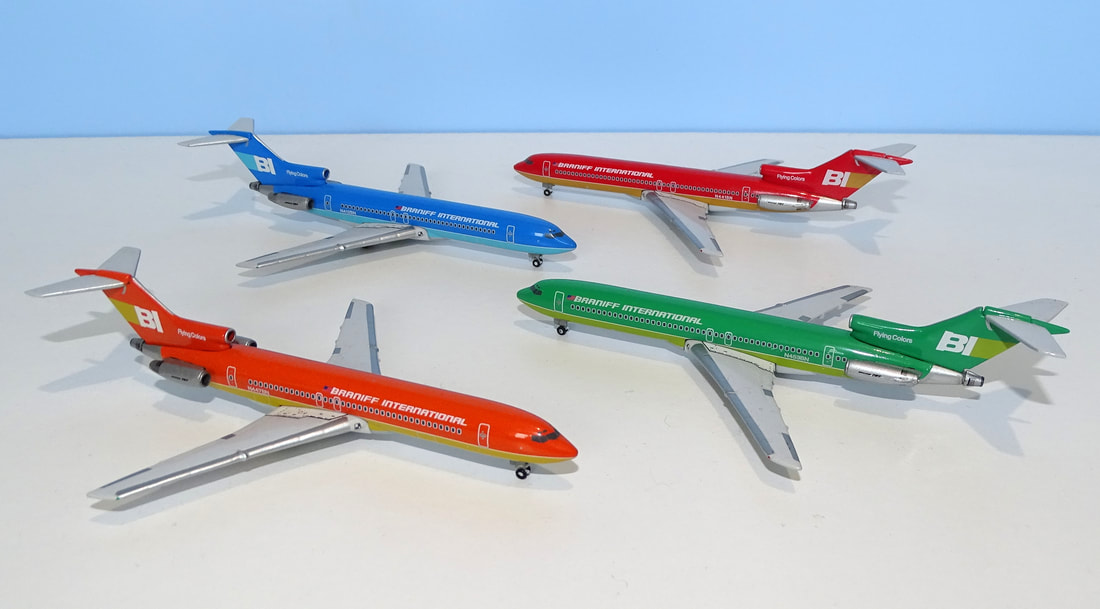
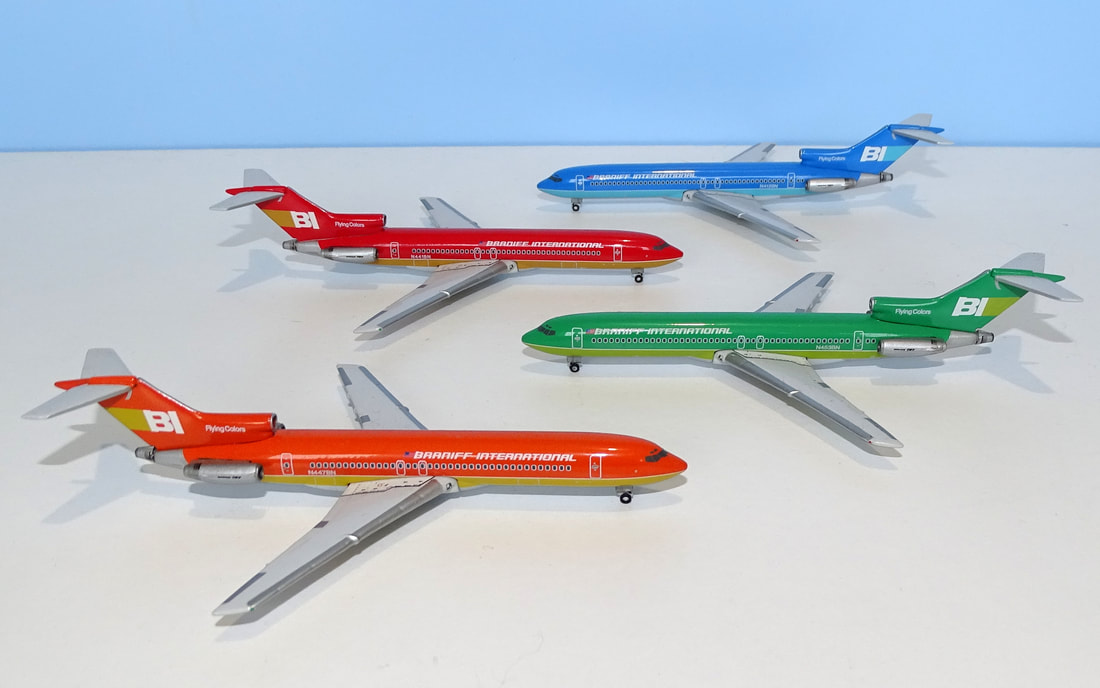
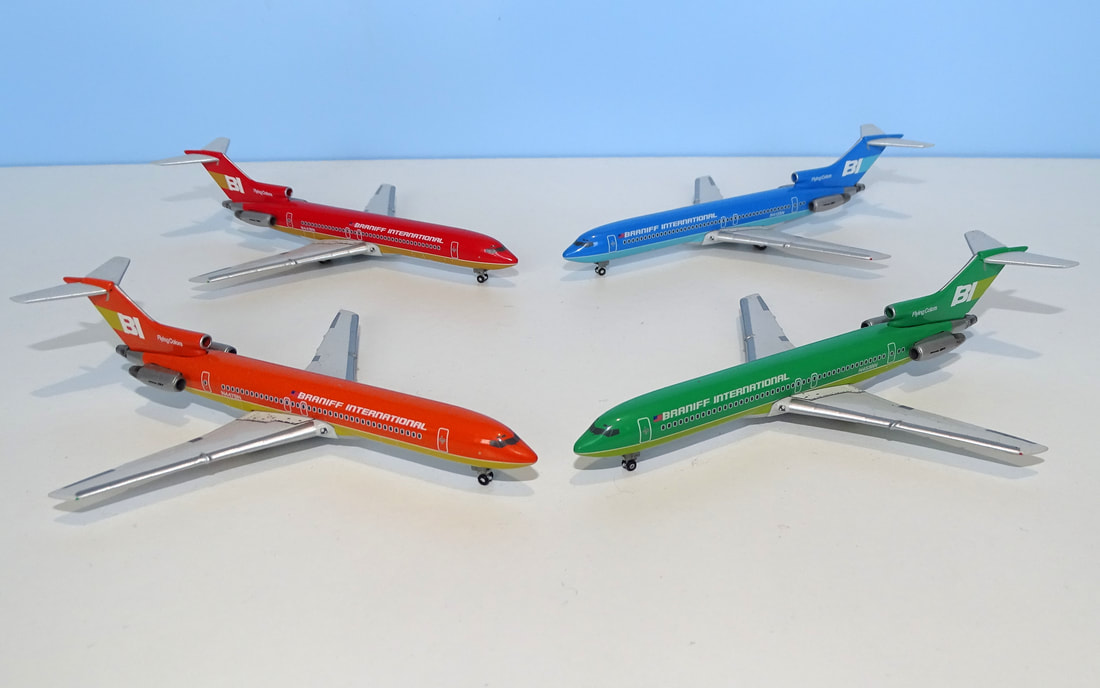

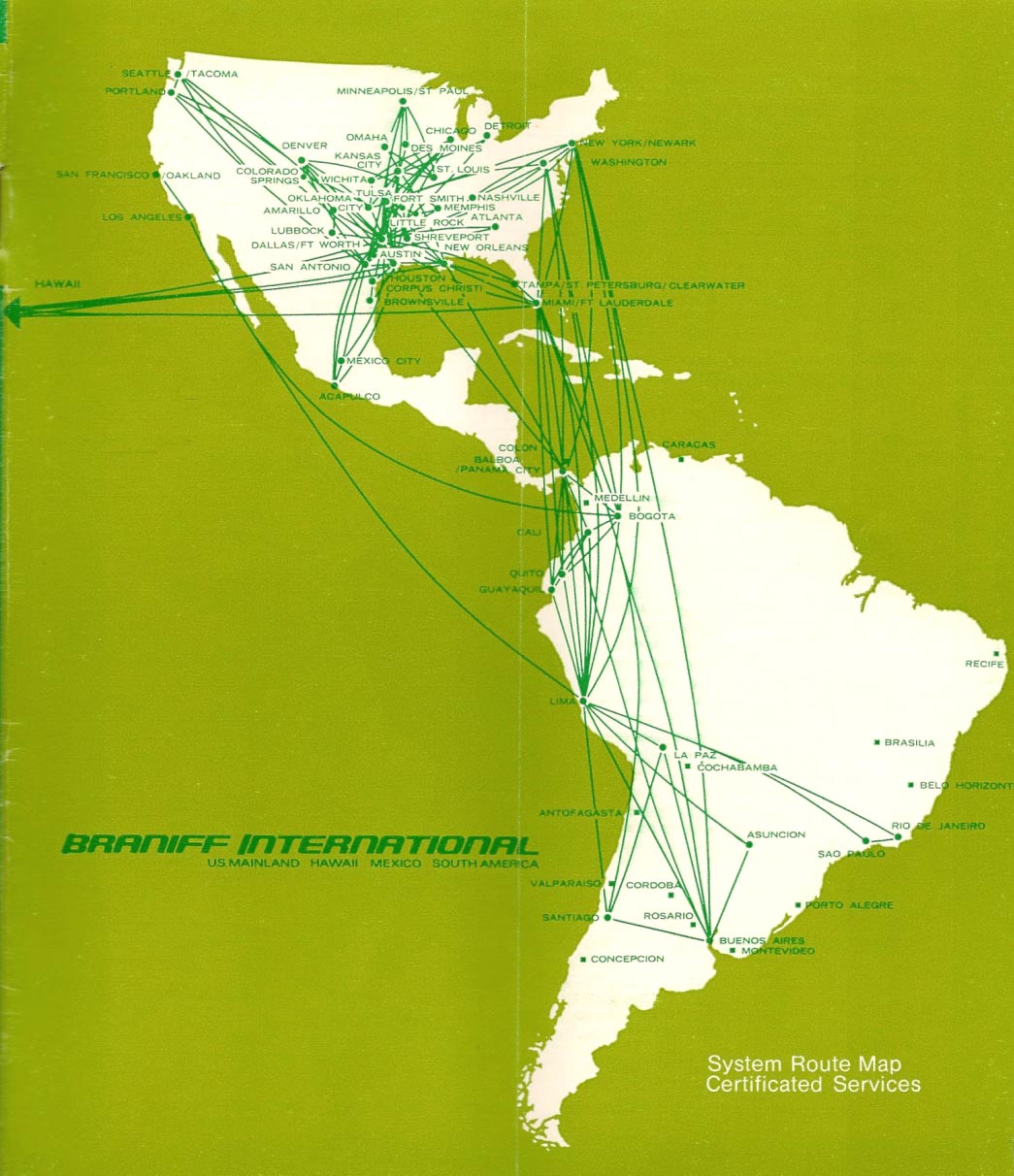
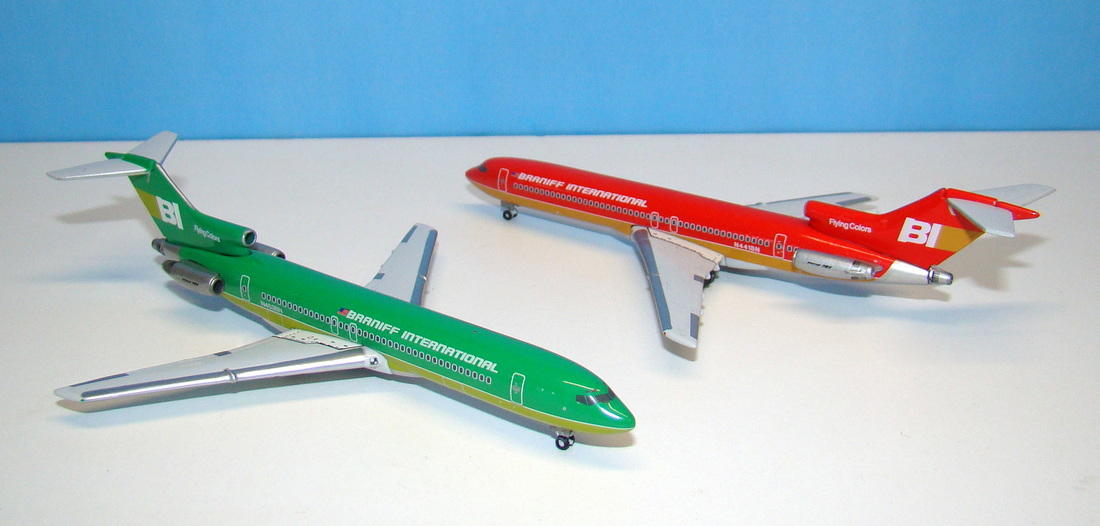
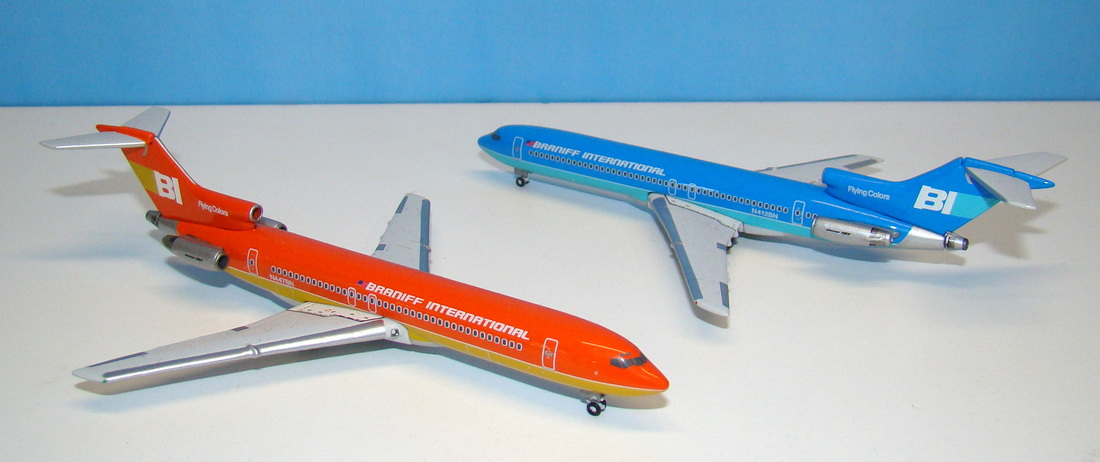
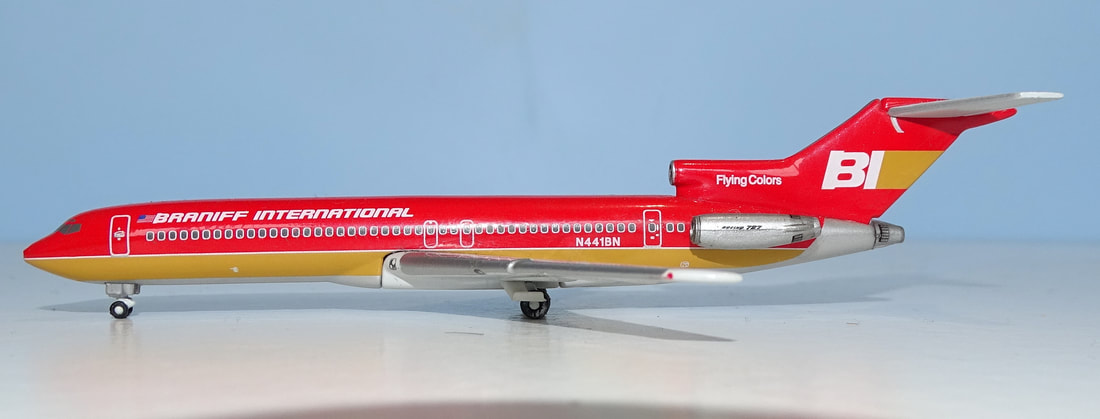
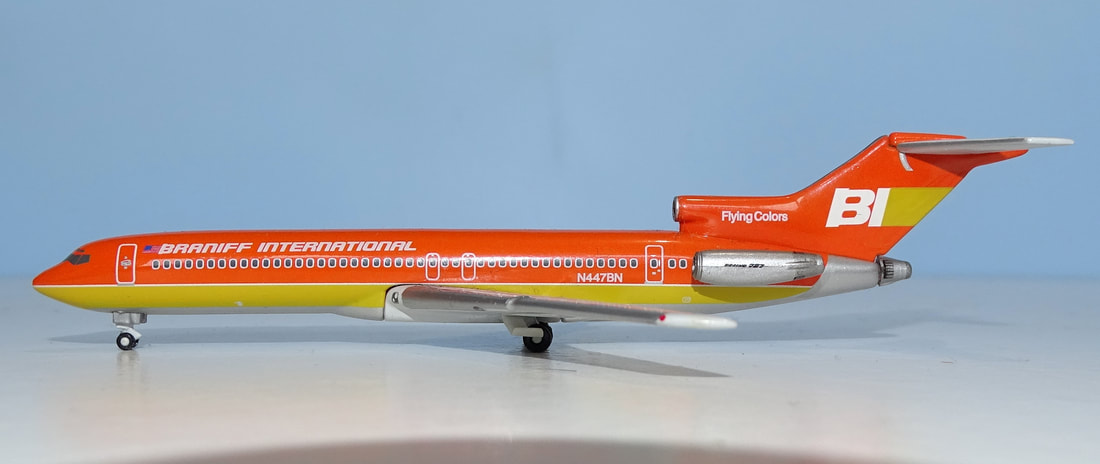
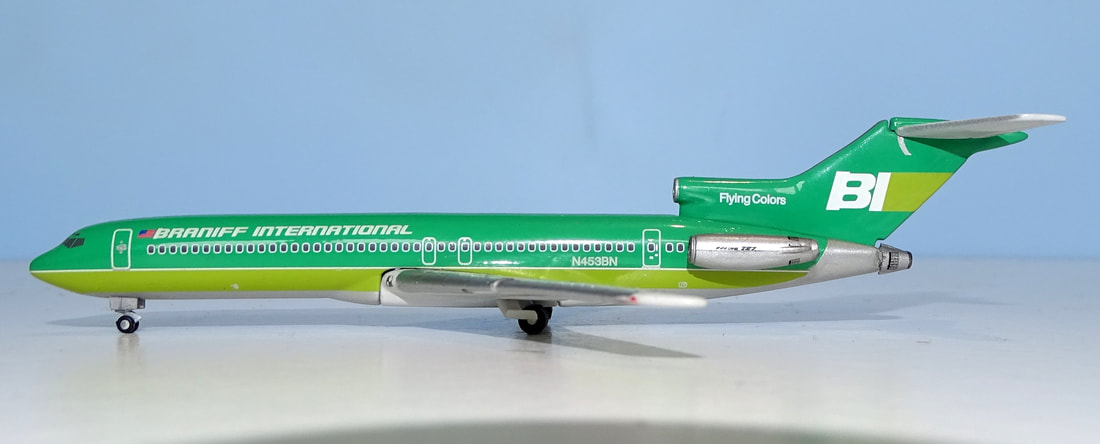
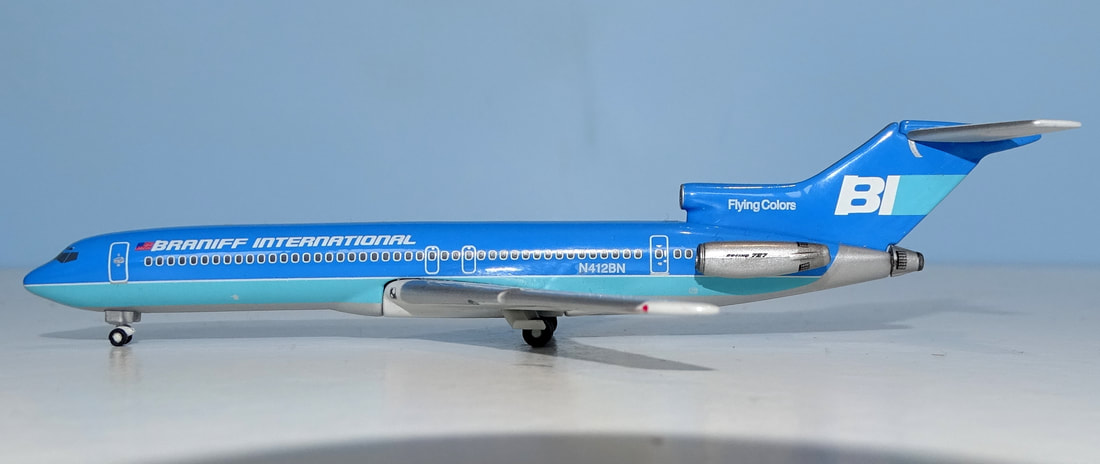
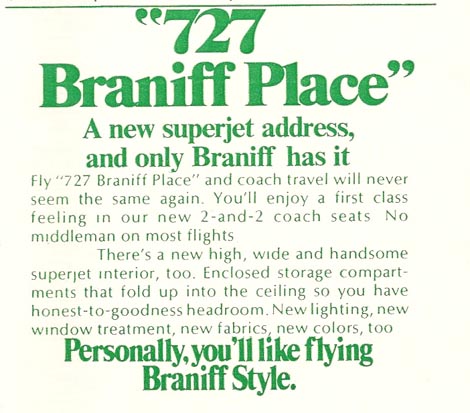
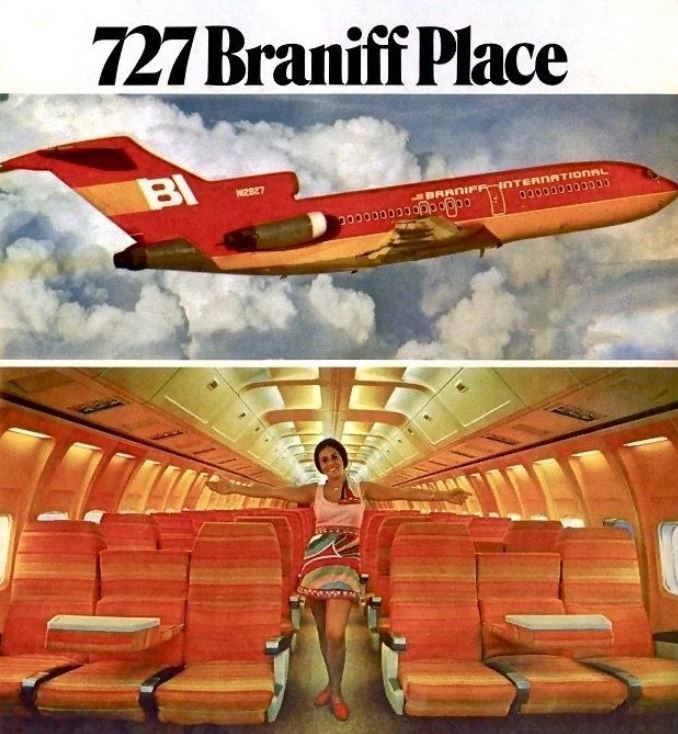
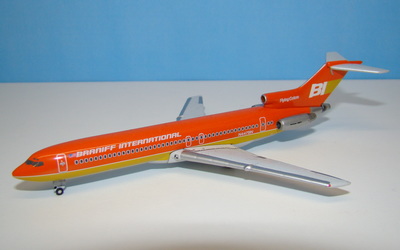
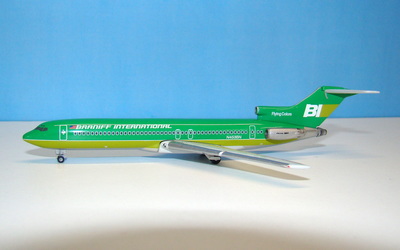
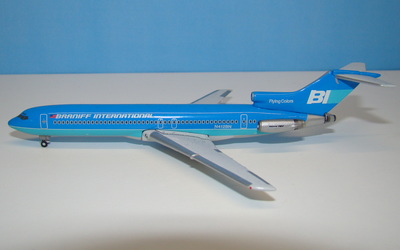

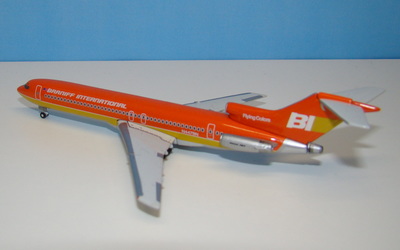
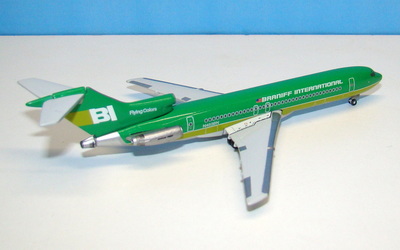
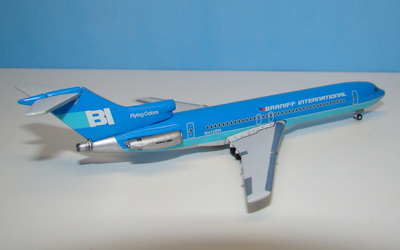
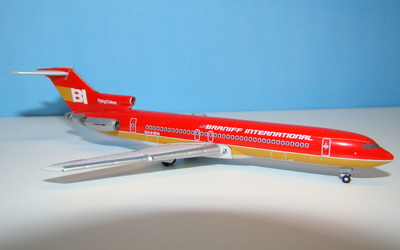
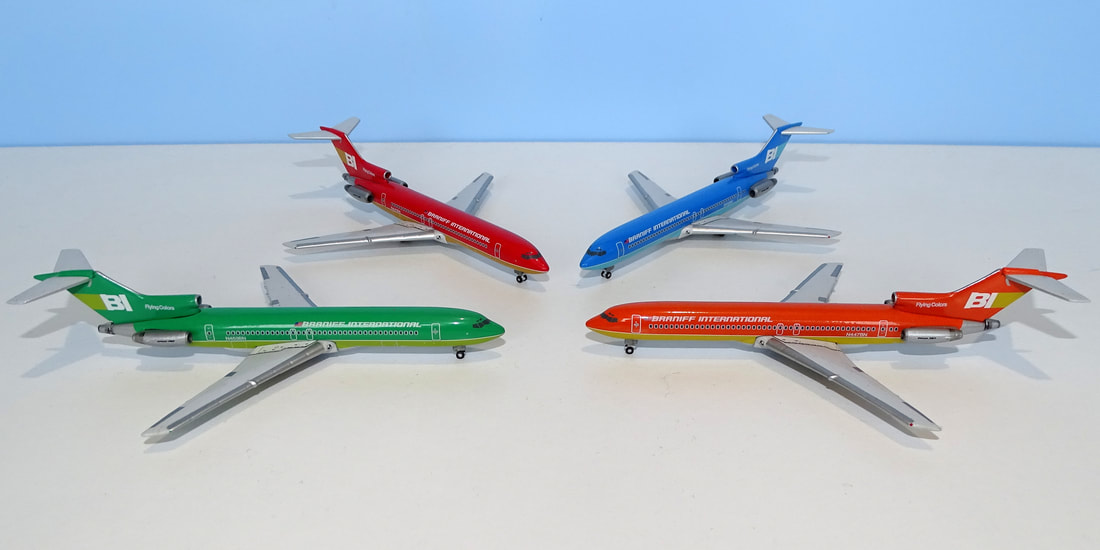
 RSS Feed
RSS Feed